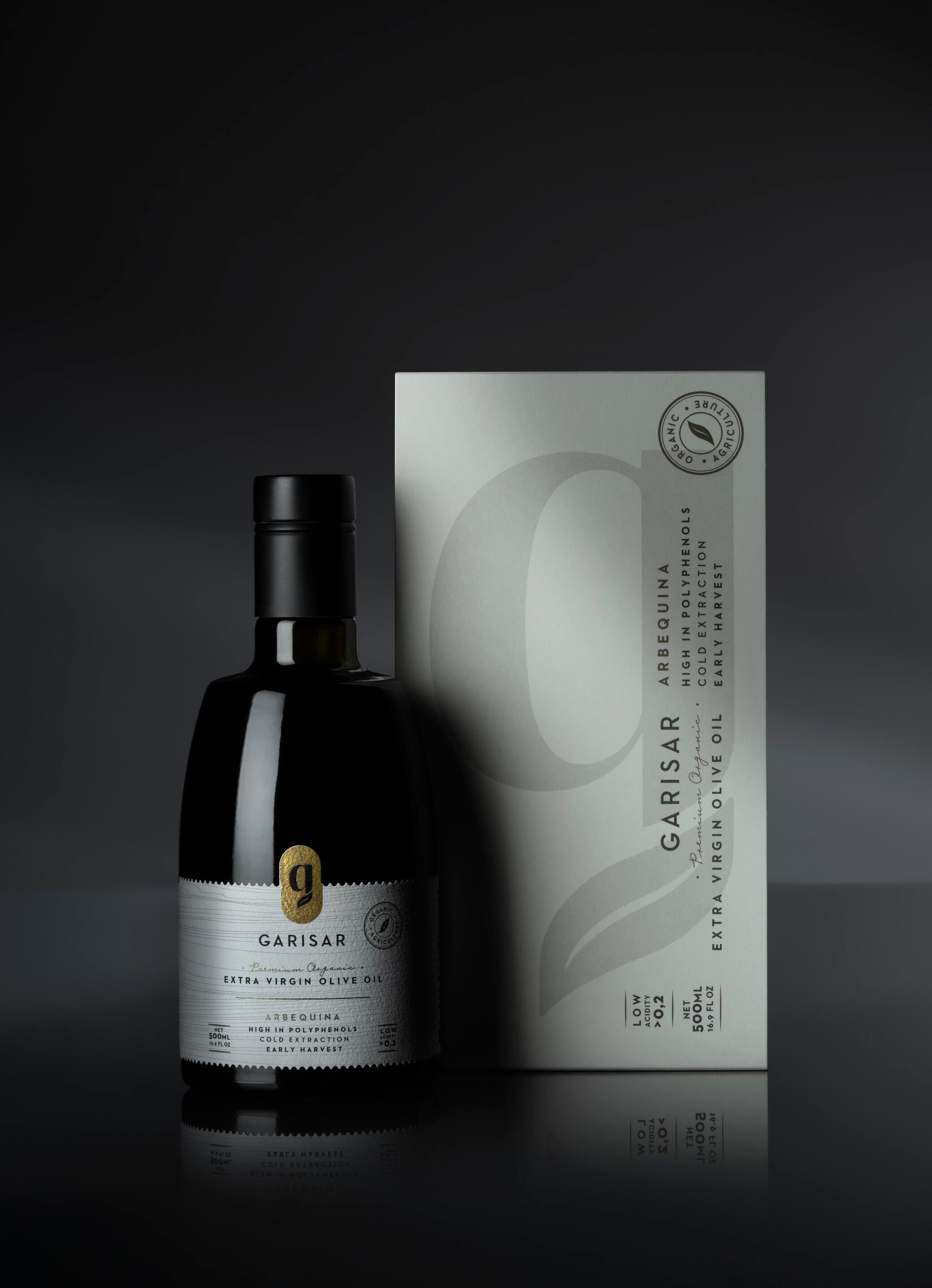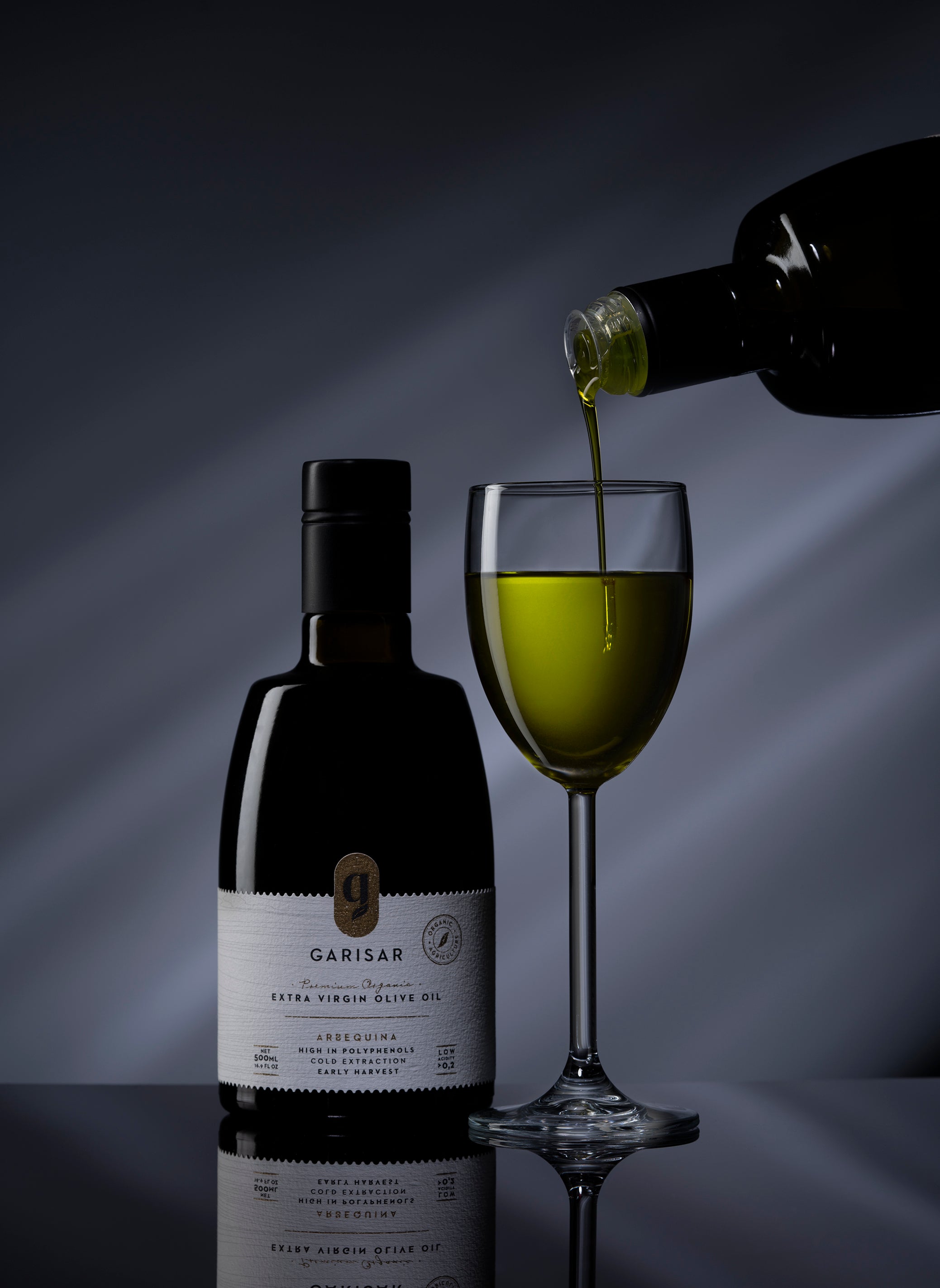Packaging Choice in Olive Oil: Tin or Glass? Which One Protects Better?

Why Is Olive Oil So Sensitive to Environmental Conditions?
Title
Glass Bottles: Aesthetic Appeal, Limited Protection
Title
Tin Packaging: Full Protection from Light and Oxygen
Title
Scientific Evaluation: Packaging and Oxidation
Title
At Garisar, Packaging is a Protective Shield
Conclusion: Packaging Is the Silent Guardian of Quality
Title
Discovery & Insight HUB
Title

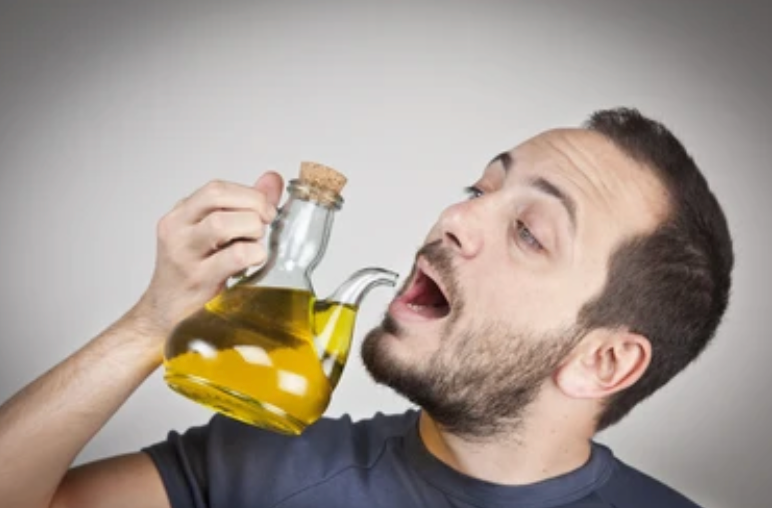
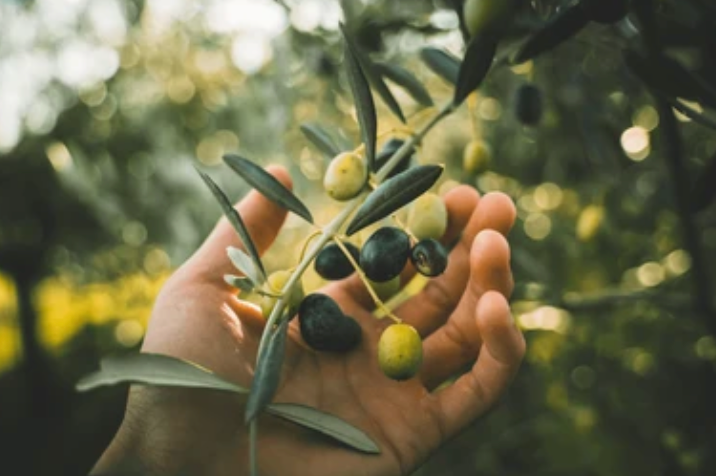
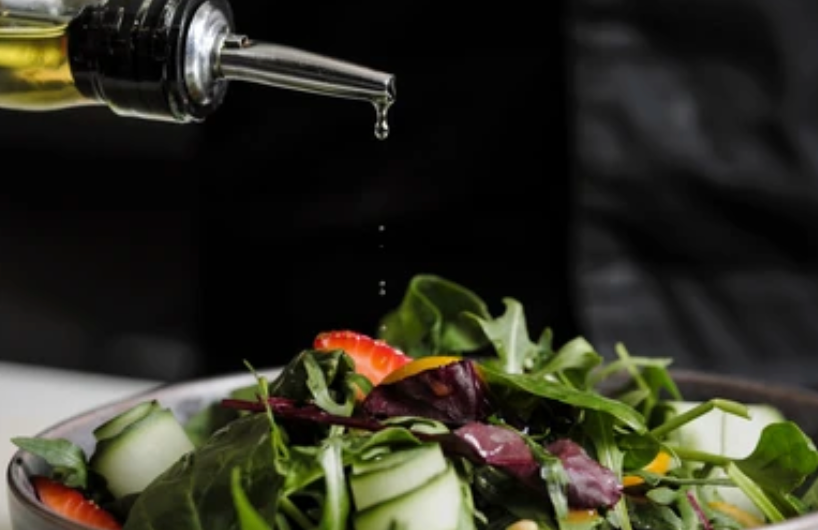
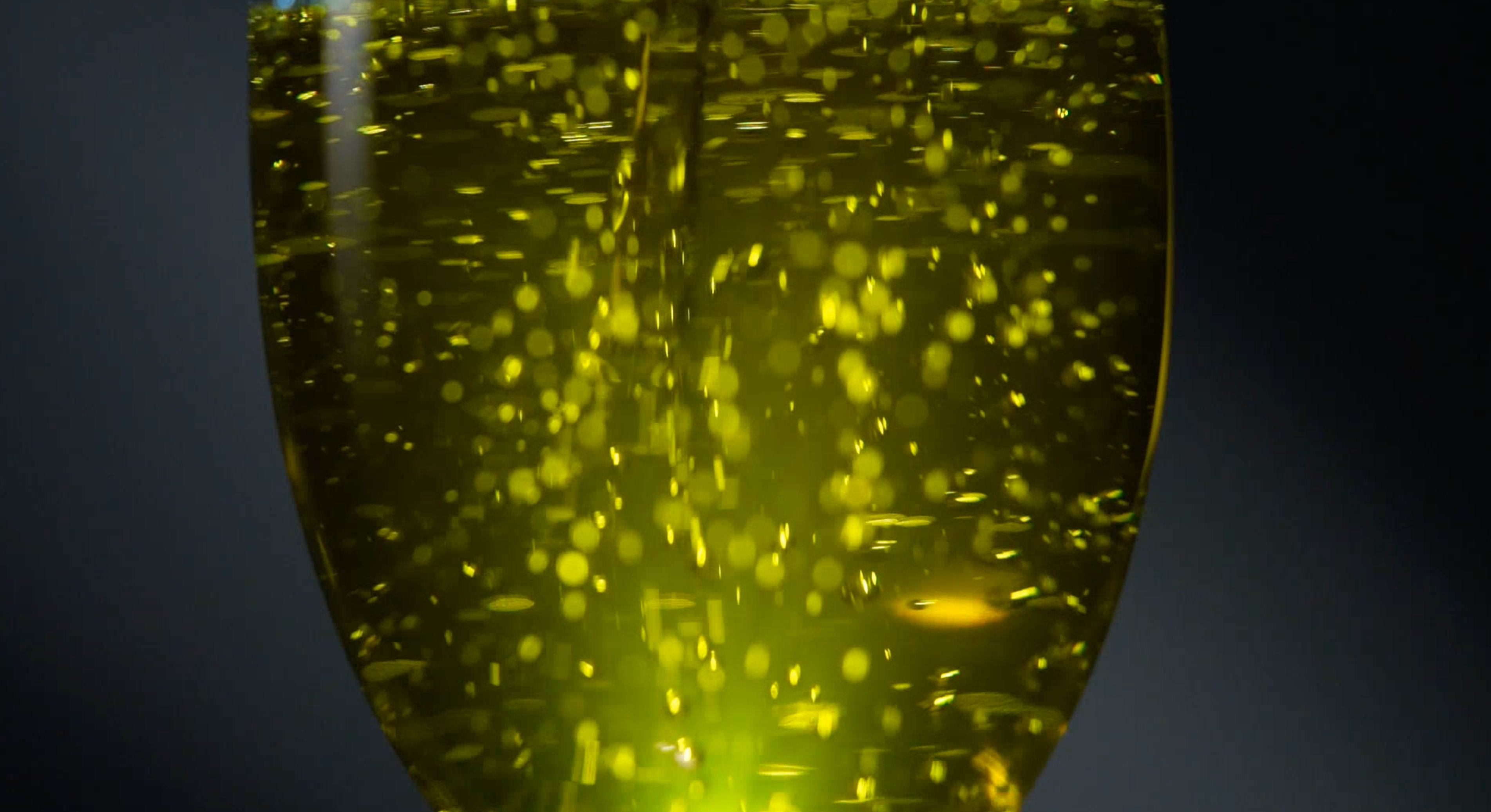
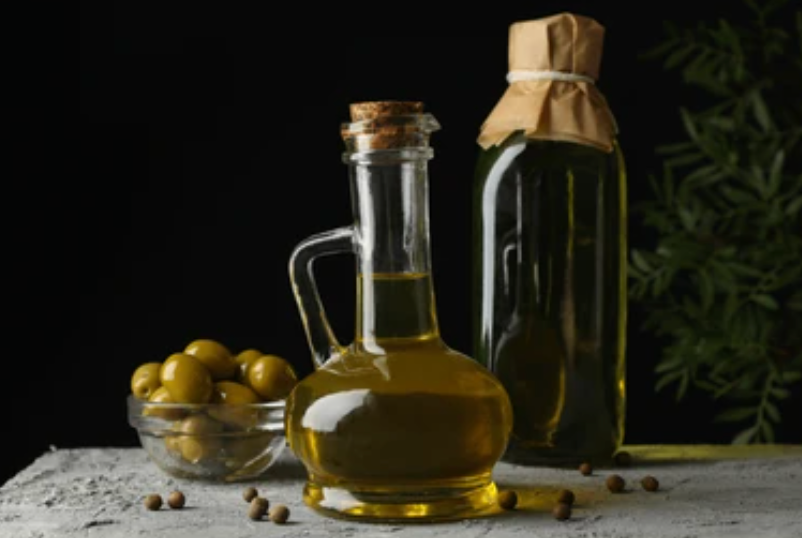
Title

